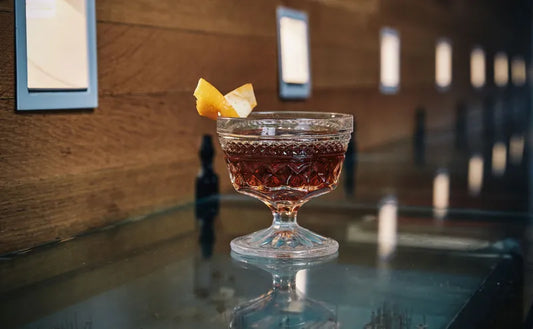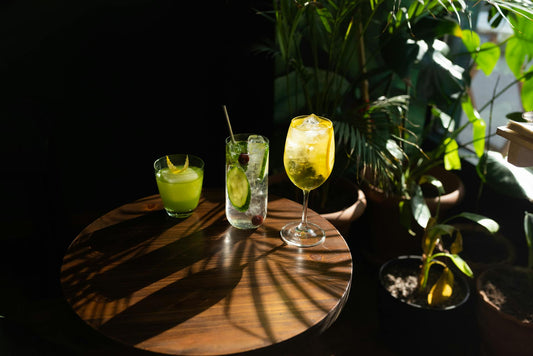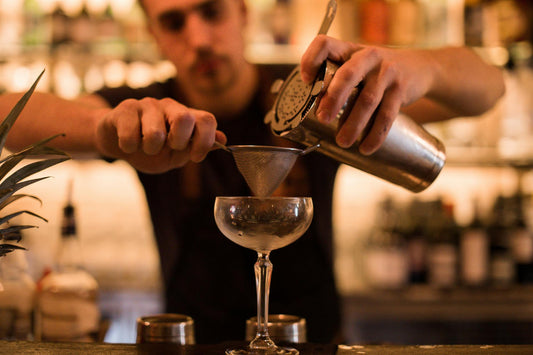Non-zero Possibility: A Refreshing Non-Alcoholic Cocktail
SWEET to SOUR
(1-10)
STRENGTH
(1-10)
CALORIES
STANDARD
DRINKS
Note: these values are approximate and may vary dependent on the ingredients and brands you use.
More information...
In the world of mixology, the Non-zero Possibility cocktail stands out as a refreshing and innovative non-alcoholic drink that caters to those who wish to enjoy a sophisticated beverage without the effects of alcohol. This cocktail is a delightful blend of flavors, combining the herbal complexity of Lucano Amaro Zero° with the unique marine notes of Everleaf Marine Non-Alcoholic Aperitif, all topped off with the effervescence of Thomas Henry Tonic Water.
The preparation of this cocktail is straightforward yet elegant, making it accessible for both novice and experienced home bartenders. To create this drink, one simply fills a glass with ice, pours in 50 ml of Lucano Amaro Zero°, followed by 25 ml of Everleaf Marine. The final touch is the addition of 90 ml of Thomas Henry Tonic Water, which not only adds a refreshing fizz but also balances the herbal and botanical flavors of the other ingredients. A gentle stir combines the elements, and if desired, a garnish can be added to enhance the visual appeal and aromatic experience of the drink.
The flavor profile of the Non-zero Possibility cocktail is intriguing. With a taste rating of 7 out of 10 on the sweet to sour scale, it strikes a harmonious balance that is neither overly sweet nor too tart. The Lucano Amaro Zero° brings a rich, herbal sweetness that is characteristic of amaro, while the Everleaf Marine adds a layer of complexity with its oceanic botanicals, reminiscent of a coastal breeze. The tonic water introduces a crispness that elevates the drink, making it incredibly refreshing, especially on a warm day.
Nutritionally, this cocktail is quite light, containing only 90 calories per serving, making it an excellent choice for those who are calorie-conscious or simply looking to indulge without the guilt. Furthermore, with 0% alcohol by volume, it is perfect for designated drivers, those in recovery, or anyone who prefers to avoid alcohol for personal reasons. The absence of alcohol does not detract from the enjoyment of the drink; rather, it opens up the possibility for a wider audience to partake in the cocktail experience.
The Non-zero Possibility cocktail is a testament to the growing trend of non-alcoholic beverages that do not compromise on flavor or sophistication. As more people seek alternatives to traditional alcoholic drinks, the creativity in crafting non-alcoholic cocktails has flourished. This drink exemplifies how mixologists are pushing boundaries, creating complex and enjoyable beverages that can be savored at any occasion, from casual gatherings to formal events.
In conclusion, the Non-zero Possibility cocktail is not just a drink; it is an experience that invites you to explore the world of non-alcoholic mixology. With its carefully selected ingredients and balanced flavor profile, it serves as a reminder that one can enjoy a delightful cocktail without the need for alcohol. Whether you are hosting a party, enjoying a quiet evening at home, or simply looking to refresh yourself, this cocktail is a perfect choice that promises satisfaction and enjoyment.



